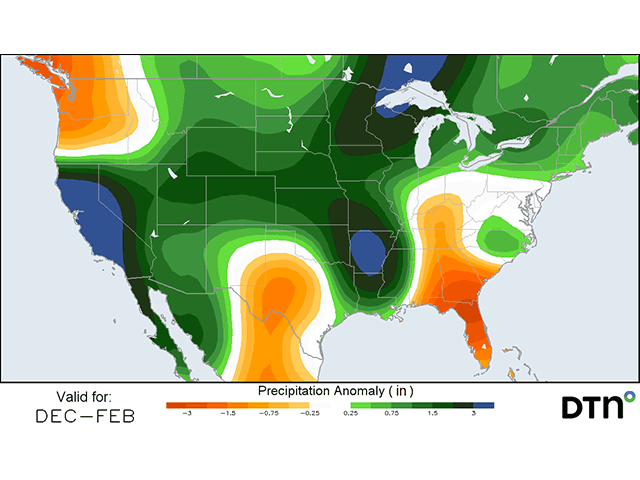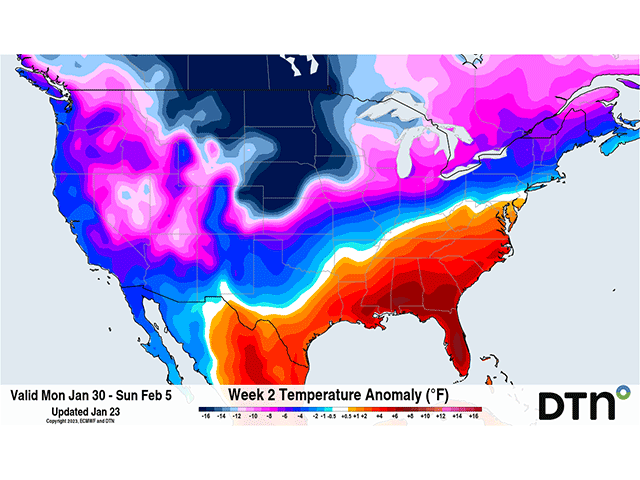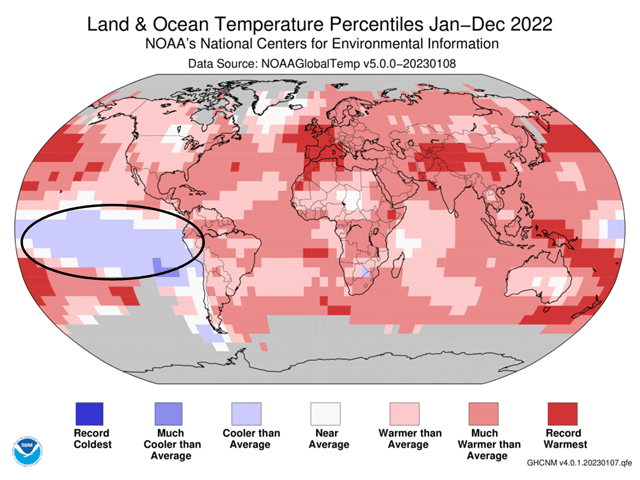
A strong low-pressure system that is providing windy and wet conditions to California Tuesday will be the next system to affect much of the Central U.S. on Thursday. Snow will be possible in the North-Central U.S. while areas of heavy rain and severe thunderstorms will sweep...



















